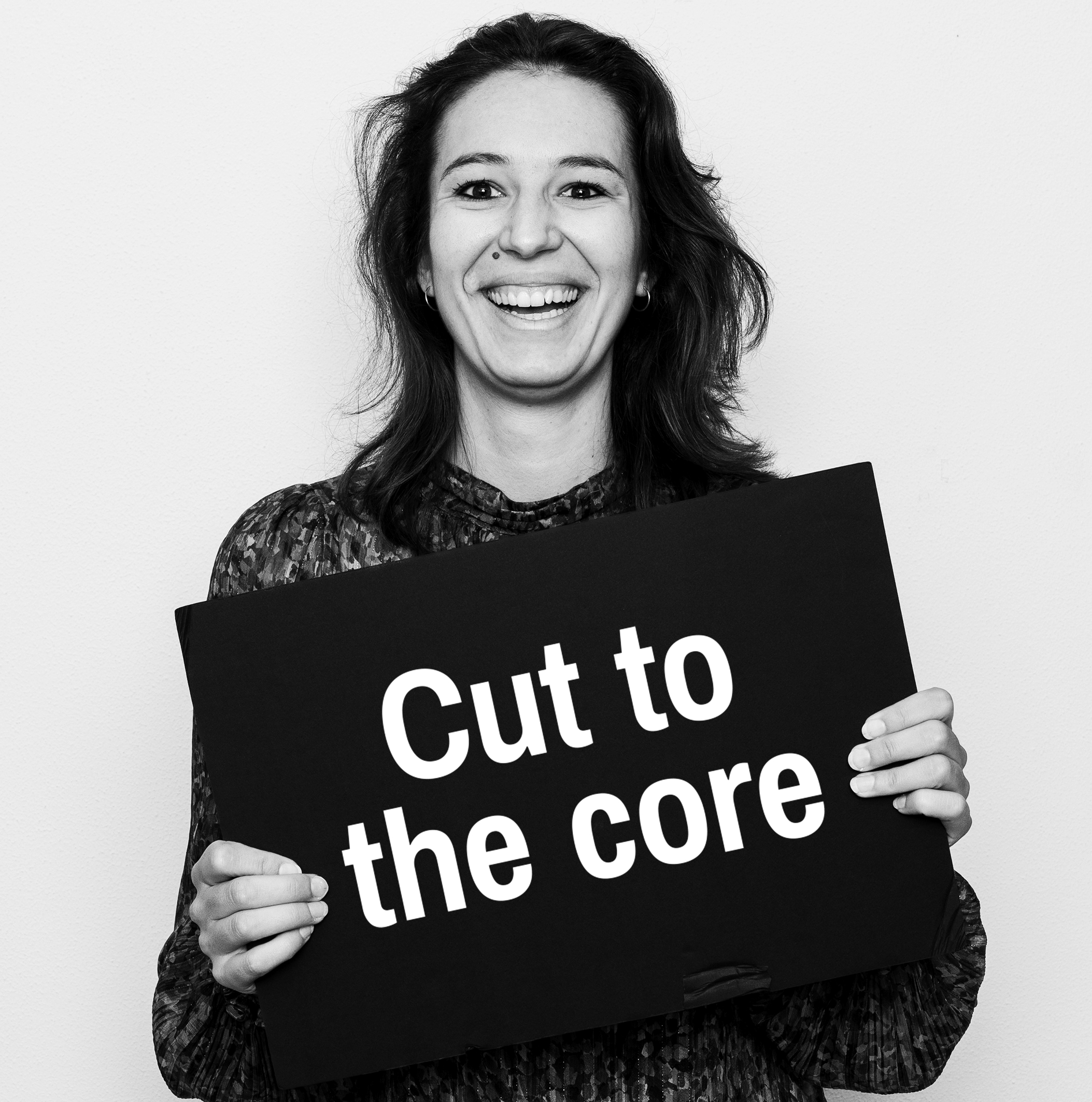Van een 7 naar een 9 of van een 3 naar een 5 – hoe je beste uit je medewerkers haalt
Weet je nog toen je op de middelbare school zat? Er waren ongetwijfeld één of twee vakken waar je in uitblonk en één of twee waar je, laten we zeggen, niet de beste leerling was. Stel jezelf nu eens de vraag: welke van deze vakken vond je het leukst? En aan welk van deze vakken besteedde je het meest tijd? Waarschijnlijk aan het vak waar je het slechtste in was.

Best gek, toch? Waarom zou je meer tijd besteden aan iets waar je niet goed in bent én niet leuk vindt om te doen, in plaats van te focussen op iets wat je leuk vindt en waar je ook nog eens goed in bent? Hoe onlogisch dit ook klinkt, dit is de manier waarop het er in veel organisaties aan toegaat. In veel bedrijven heerst een cultuur van focussen op het verbeteren van je zwaktes in plaats van het optimaliseren van je talenten. In plaats van groeien van een 7 naar een 9, wordt je aan het werk gezet om van een 3 een 5 te maken.
Dat terwijl werkgeluk juist ontstaat wanneer je iets doet wat je leuk vindt. En doen wat je leuk vindt valt meestal samen met doen waar je goed in bent. Daarbij komt: wie doet wat hij leuk vindt en waar hij goed in is, presteert beter, is minder vaak ziek en voelt zich meer betrokken. Vanuit deze gedachte slaan veel assessments, ontwikkelplannen of beoordelingssystematieken de plank mis. Maar gelukkig is het eenvoudig om het anders aan te pakken.
In de kern komt het erop neer de mens weer centraal te stellen. De neiging om te focussen op zwaktes zit vaak diep ingebed in de organisatiecultuur en komt voort uit allerlei praktijken waarbij men de mens uit het oog is verloren. Een voorbeeld is de manier waarop zulke organisaties met werving en selectie omgaan: een vacature bestaat uit een set vooraf opgestelde competenties waar je voor de betreffende functie aan moet voldoen. Het vertrekpunt is dan deze omschrijving van de perfecte medewerker, in plaats van jij als uniek persoon.
Ook in beoordelingssystematieken zien we deze neiging terug: elke medewerker wordt, onder het summum van gelijkheid, beoordeeld aan de hand van dezelfde maatstaf. Met als resultaat dat jij en ik, verschillend als we zijn, over exact dezelfde competenties moeten beschikken, in exact dezelfde mate. Zo blink je misschien uit in klantvriendelijkheid, maar omdat je analytisch minder sterk bent, blijft die beoordeling elk jaar op een gemiddelde steken.
Maar no worries, het kan wel degelijk anders. En dat hoeft helemaal geen grootse cultuurveranderingen te behelzen. Jij, als collega of als manager, kan vandaag al beginnen met anders omgaan met talent in jouw organisatie. Stel jezelf of een collega eens de simpele vraag: “Waar word jij nou gelukkig van in je werk?” En: “Hoe zou je daar méér van kunnen doen?” Wanneer een paar teamleden zich deze vragen stellen, kun je al tot een verdeling van taken komen waarbij iedereen zo veel mogelijk werkt vanuit zijn eigen kracht. Niet het meten van ontwikkelpunten, maar van talenten en drijfveren past bij deze mensgerichte insteek.
Een voorbeeld van een methode die talenten meet, is de Gallup Strenghtsfinder-methode. Onderzoeksbureau Gallup ontdekte dat er grofweg 34 sterke punten zijn, waarbij ieder individu op ongeveer vijf tot tien punten van nature uitblinkt. Dit zijn je talenten en je belangrijkste waarden. Bij The Rookie Minds hebben we er onze Personal Purpose mee geformuleerd, is onze beoordelingssystematiek erop gebaseerd en hebben we de interne rolverdeling op basis hiervan vormgegeven.
Zelf ook aan de slag met je Sterke Punten of die van je team? Wij staan te popelen!